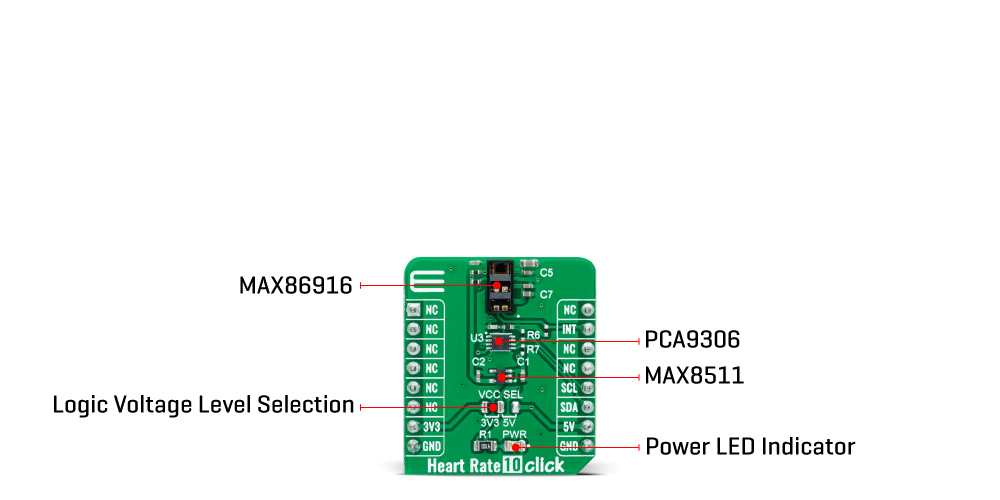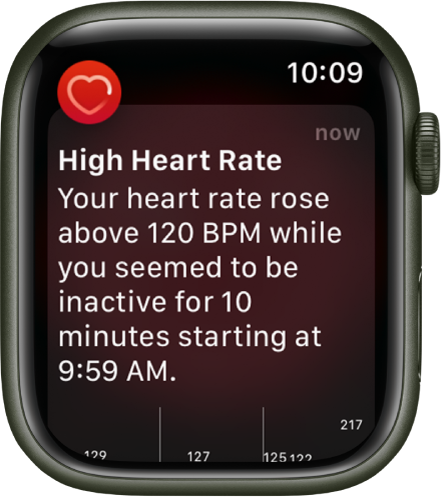Week 1 Iteration - Eric Butler
Answering the questions about Heart Rate Variability
> What is it?
> What products are out there
-> Who uses these products
> Technologies involved in developing these products
> Feeback
-> Info to user
-> LEDs, Vibrations
-> Possible physicological reactions
What is it?
Heart Rate Variability (HRV) is simply the measure of the variation between each heartbeat. This is controlled by your nervous system most notably your autonomic nerve system which controls aspects of your body such as heart rate, respiration, blood pressure, and digestion. The autonomic nerve system is also split up into 2 sections consisting of both your fight or flight responses as well as your relaxation responses. These responses/stimulations can be altered due to a number of things such as poor sleep, negative interactions with people, poor eating, etc. Although these stimulations may kick in for negative situations, they can also kick in for positive situations such as a job bonus, stages of a relationship, or thrilling activities.
It's important to note that too many of these negative activities like sleeping poorly or poor eating can cause these fight-or-flight systems to over escalate which can start to cause health problems such as high blood pressure or migraines.
References:
https://www.health.harvard.edu/blog/heart-rate-variability-new-way-track-well-2017112212789
https://www.verywellmind.com/taming-the-fight-or-flight-response-378676#:~:text=It's%20not%20only%20exhausting%20to,temporomandibular%20joint%20(TMJ)%20symptoms.
Products that read HRV
1) Apple Health App: Combining your health app on your iPhone with your Apple watch you can see many things about your body most importantly your heart. Some of the attributes you can read form these app includes your heart rate through the last number of days / weeks / months, your BPM and trends between it over a period of time as well as your HRV over the course of anywhere between a day and a year. This can be accessed by going to the health app on your phone -> browse -> Heart.
2) Oura Ring: Oura Ring is a product that uses infrared sensors when the ring is around your finger to show different things about yourself such as your blood volume pulse (the volume of blood passing through an infrared sensor) which can be used to calculate a HRV value.
People who use these Products
Athletes: Many athletes will often wear these types of SMART products to track and control many different health scenarios within their bodies. What we are paying the most attention to is the heart rate and HRV factors for athletes. People in this field will monitor their HRV during training to ensure they are not going into over-reactive states. Since HRV has a lot of dependency on the stress / mental state you are in, you can manipulate this to ensure that given a stressful scenario like a Football player on a penalty or a racing driver on a race start, they can keep their composure and operate in "flow state" as quickly as possible.People with certain health conditions: People with conditions such as diabetes may use products that track various aspects of their health to ensure they are alert for when things may possibly go wrong. Some of these things that people with health conditions might be keeping an eye on is their heart rate as it's common for someone with diabetes to have a higher resting heart rate as well as shortness of breath due to their hate rate. With these products, they may be able to see their heart rate variability and manipulate it to ensure they are as in check as possible.
Reference: https://pubmed.ncbi.nlm.nih.gov/6109858/#:~:text=The%20increased%20resting%20heart%20rates,before%20the%20cardiac%20sympathetic%20nerves.
Technologies
1) Apple Watch: How Apple measures your heart rate through its optical heart sensor known as photoplethysmography. While this technology is difficult to produce it's built on the simple fact that Blood is red and reflects red light but also absorbs green light. Apple uses these green LED lights to detect the amount of blood flowing through your wrist at any given moment, with the sensor supporting a range of anywhere between 30-210 beats per minute.
2) Oura Ring: Similar to the Apple Watch there are also green and red LEDs within the Oura Ring, but in addition to this there is an infrared LED within the ring. These are to measure different heart rate times such as daytime and workout heart rate. With the newest editions of the Oura Ring, they are starting to include negative temperature coefficient (NTC) sensors and advanced calibrated sensors to measure differences in skin temperature.
3) The MikroElektronika Heart Rate Click uses an advanced oximeter and heart rate monitoring sensors that rely on the two integrated LEDs similar to the Apple watch, a photosensitive element, and an advanced low noise analog front end, to provide clean and accurate readings. It allows a user to place an index finger on the top of the sensor to get both the heart rate and blood oxygen saturation. It also features Ambient Light Cancellation to ensure no ambient light is interfering with the readings. All this while offering low power consumption
Reference: https://www.mikroe.com/heart-rate-click#:~:text=Heart%20Rate%20click%20is%20a,provide%20clean%20and%20accurate%20readings.
User Information & Feedback
When thinking about how we will provide information and feedback to the user, there are a number of different ways. Some of these include but are not limited to:
1) Vibrations: Some products may notify the user of a change in heart rate by a vibration followed by a sound. This sort of feedback is very effective as it involves a physical sensation to the user and will be less likely to be missed. As well as this just having a vibration, will make the alert a lot less prominent Although effective, there could be cases where someone e.g. an elderly person to not understand what each vibration or sound sequence means.
1) Vibrations: Some products may notify the user of a change in heart rate by a vibration followed by a sound. This sort of feedback is very effective as it involves a physical sensation to the user and will be less likely to be missed. As well as this just having a vibration, will make the alert a lot less prominent Although effective, there could be cases where someone e.g. an elderly person to not understand what each vibration or sound sequence means.
2) LEDs: Another way to process information to the user which seems to be the most common way is through LEDs, and using different colour LEDs to indicate different signs. For example, a green LED is used to read the blood flowing in your rest, as well as this a system may be setup to have a different colour LED to mean different scenarios.
3) Display notifications: Notifications are another common way of presenting information to a user. This tends to be scene on the Apple Watch as it tries to replicate your phone as much as possible, where a on screen notification along with a vibration (if the watch is on silent) is prompted to the user. This allows for the user to read and understand exactly what is changing within their heart app.
*Questions to think about while breathing
1) Do babies have a different breathing speed to older people
2) Do we need to learn how to breathe correctly? For Example 4 in 6 out.
3) Are things like the cold plunge and other "shock" factor activities good for your heart and heart rate in the long term?
4) Why is it we breathe incorrectly yet it is the number one innate human function that we do in order to live?








Comments
Post a Comment